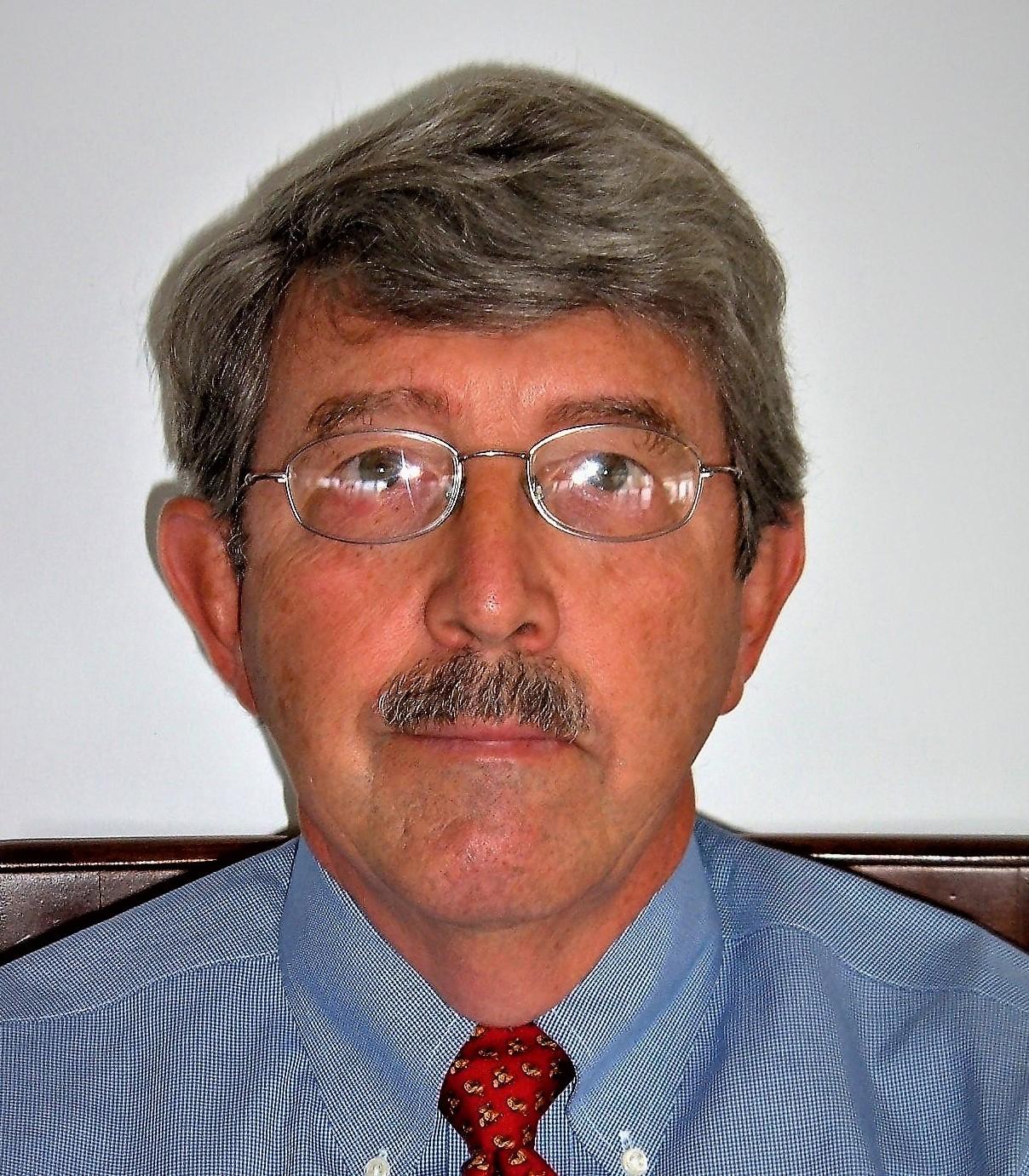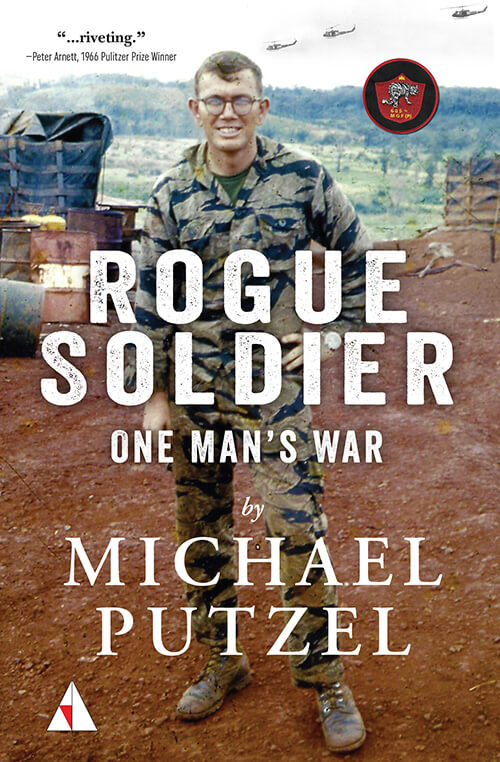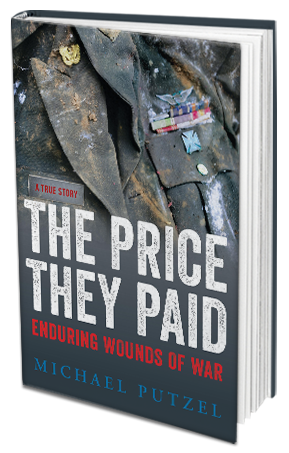Blog
Late-onset PTSD
Posted by Michael Putzel • February 26, 2018
When I was doing research for my book, The Price They Paid, I spoke to quite a few combat veterans who didn’t experience the symptoms of post-traumatic stress disorder (PTSD) until many years after the war, often when retirement or a similar change in lifestyle or an unexpected flashback would trigger memories of the war they had stowed away for decades. Some of the military psychiatrists I interviewed were skeptical of such “late-onset” stories, but the evidence has continued to build as Vietnam-era warriors entered new phases of their lives and began to reflect on their experiences.
The following account, published last week by the Sarasota Herald-Tribune is a typical example. It is the story of John Henningson, as told to Abby Weingarten for the Herald-Tribune:

Vietnam War veteran John Henningson served in the Army from 1968 to 1971, enlisting before the draft. He was an artillery forward observer/liaison officer with infantry units from 1970 to 1971. When he returned from his overseas duty, he earned a master’s degree in environmental engineering and spent the next 30 years “cleaning up the environment.” He later turned to art and graphic work, wrote several books, and dedicated his volunteer time to helping veterans suffering from post-traumatic stress disorder. Now 73, Henningson is a Connecticut-to-Florida snowbird who lives with his wife, Barbara, of 52 years.
“Although I was a ‘deferred’ high school science teacher, I enlisted in the Army just ahead of the inevitable draft in 1968. I spent most of my time out in the weeds with the infantry, directing fire support for elements of my assigned unit when they were directly engaged with the enemy in firefights. I had a lot of brave men around me who had a great interest in keeping me alive in order to do my job when things really turned ugly.
I was first deployed to the area just west of My Lai. The biggest threat to me were the booby traps. I was sent on short notice to replace another artillery forward observer who was killed along with three other officers (the company commander, the battalion chaplain and a platoon leader, plus three enlisted men) by a booby-trapped artillery shell. Eight others were wounded in that blast. Later, four of the other junior officers I’d gotten closest to became casualties.
When I left my six-month pregnant wife at home in 1970, the popular military dark humor was that I’d survive 15 seconds in combat. But I’m a ‘fortunate son’ who returned from the infantry physically unscathed.
It wasn’t until I retired and life slowed down that the demons started coming out. I had a short fuse, was hyper-alert, didn’t like being alone in the dark, and had midnight terrors. But I was grateful for my fortunate circumstances and recognized that I needed something else to do to keep the demons at bay.
I returned to the promise I’d made to the stars one night on a hill near Khe Sanh that, if I survived, I’d do my best to follow the golden rule for the rest of my life.
I volunteered at the local VA hospital in an art therapy program for veterans suffering from acute PTSD, which inspired me to write and illustrate books. My books are: Adirondack Cabin Stories: Fifty Years in the Wilderness 1960-2009; A Reluctant Warrior: 1968-1974; An Artillery Officer’s Story; and Where the Flowers Went in Poetry and Picture.
The last book tries to provide a more expressive version of my own experiences in combat, as well as the after-effects that follow many veterans for the rest of their lives.”
One thought on “Late-onset PTSD”
Comments are closed.







Welcome home …? One day, yeah, one day …
Doc Fritz 101st Airborne division HHT, A & C Trp 2/17air-cav “blues” ARP
71-72